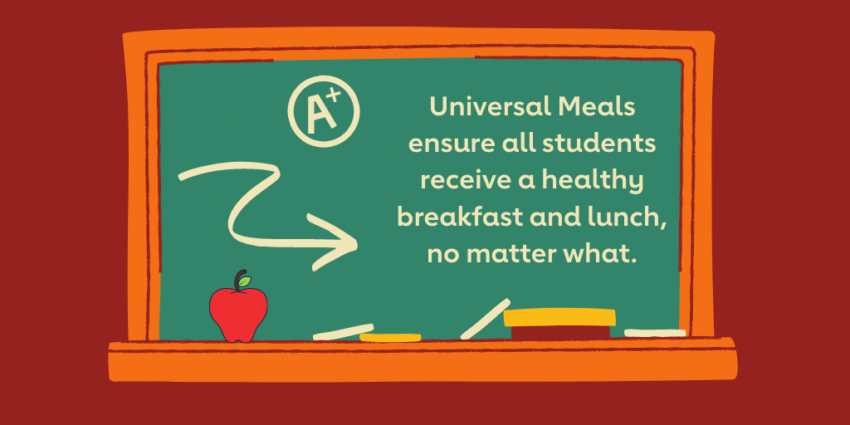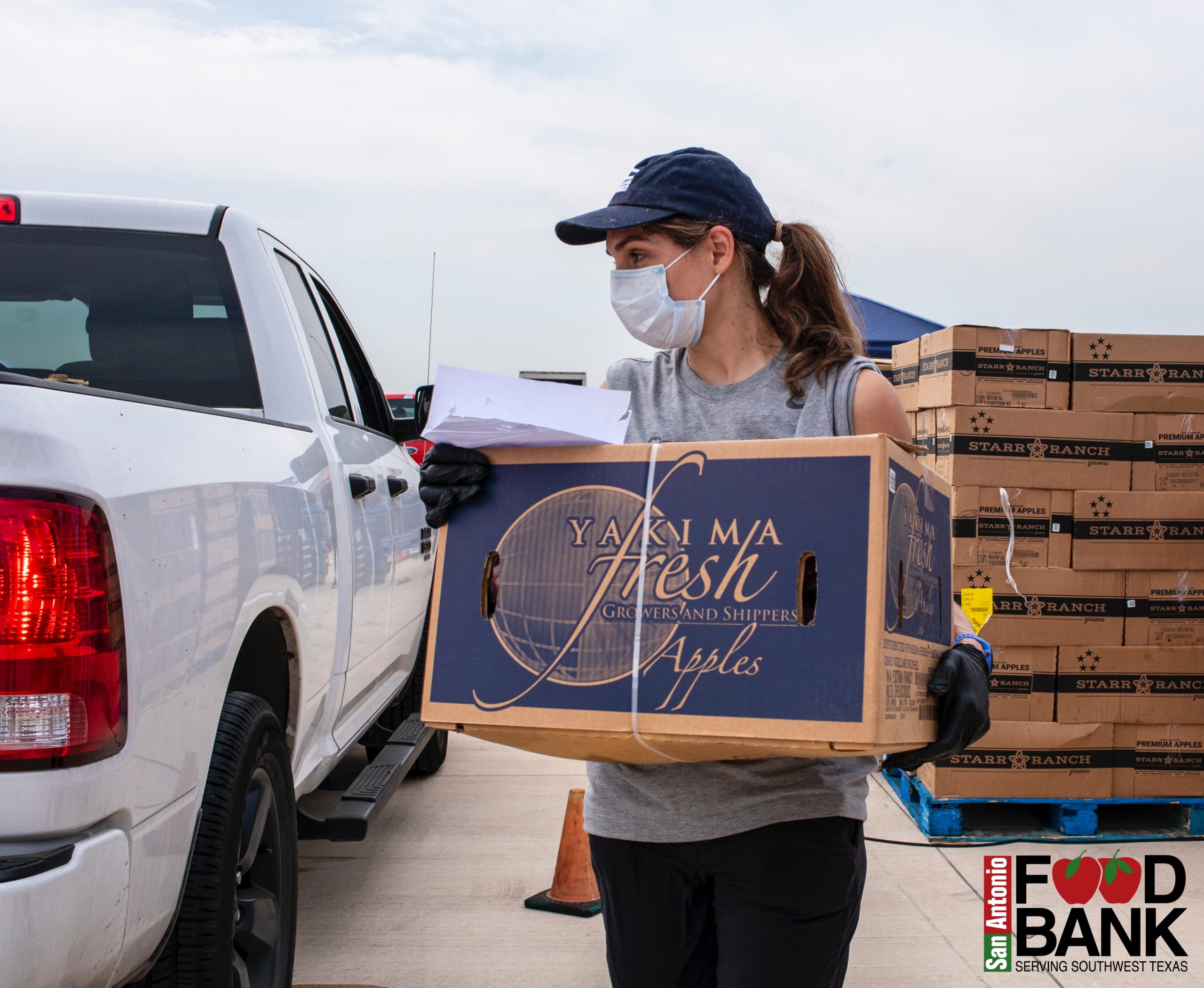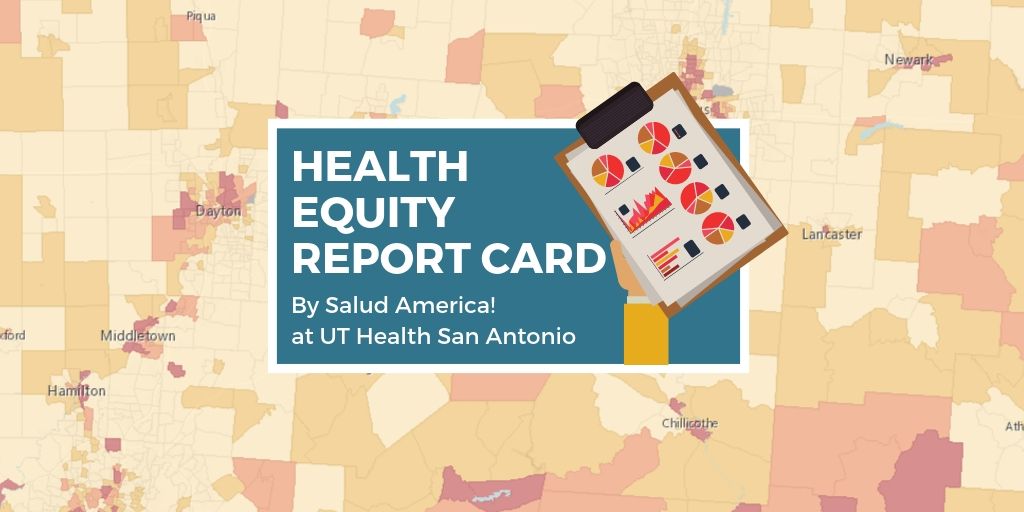
Share On Social!
While the COVID-19 pandemic is making it harder for Latino and other families to get enough food to feed their families— called food insecurity—the new Pandemic Child Hunger Prevention Act could be a big help.
The legislation, introduced in the U.S. House of Representatives on July 30, would make all students eligible for free school lunch and breakfast during the 2020-2021 school year.
Free school meals will be available to students during remote learning through “grab and go” or meal delivery.
“The Academy of Nutrition and Dietetics believes that school meals are as important to learning as textbooks and pencils,” said Academy President Linda T. Farr, in a statement. “In the midst of uncertain school reopening plans as a result of the COVID-19 national emergency, the Pandemic Child Hunger Prevention Act will guarantee all children have access to high-quality, nutritious school meals.”
The Pandemic Child Hunger Prevention Act
The Pandemic Child Hunger Prevention Act is co-led by Reps. Bobby Scott (Virginia), Suzanne Bonamici (Oregon), Jim McGovern (Massachusetts), and Ilhan Omar (Minnesota).
 The act would, according to the Academy of Nutrition and Dietetics:
The act would, according to the Academy of Nutrition and Dietetics:
- Make all students temporarily eligible for free school meals during the 2020-2021 school year. This is through the School Breakfast Program and the National School Lunch Program.
- Allow all school districts, including those operating off-site meal services, to serve all children. They also wouldn’t have to certify the eligibility of each individual child.
- Enable schools and nonprofit community partners to operate off-site meal services anywhere in the country. They also wouldn’t have to certify the eligibility of each individual child.
- Allow schools and nonprofit community partners to serve afterschool meals and snacks. They also wouldn’t have to certify the eligibility of each individual child.
- Make all CACFP day care homes eligible for reimbursement at the Tier 1 level.
 “The Pandemic Child Hunger Prevention Act would help address the child hunger crisis, make it easier for schools to operate school meal programs, and provide financial relief to school meal programs that have suffered heavy losses during the [COVID-19] pandemic,” said Rep. Scott in a press release. “This legislation will ensure that all children will have access to nutrition during this public health emergency.”
“The Pandemic Child Hunger Prevention Act would help address the child hunger crisis, make it easier for schools to operate school meal programs, and provide financial relief to school meal programs that have suffered heavy losses during the [COVID-19] pandemic,” said Rep. Scott in a press release. “This legislation will ensure that all children will have access to nutrition during this public health emergency.”
More than 25 organizations have endorsed the Pandemic Child Hunger Prevention. These include the American Academy of Pediatrics, the Food Research and Action Center, the National Education Association, the American Federation of Teachers, and many more.
“Equitable access to healthy meals is more important than ever given these uncertain times,” according to a statement from the American Heart Association. “The legislation ensures that no child falls through the cracks. Chairman Scott has long been a champion for child nutrition in our country, and we urge swift passage of the Pandemic Child Hunger Prevention Act.”
Why Food Security is Vital for Latinos Children during COVID-19 Pandemic?
Nearly 1 in 3 low-income families report having experienced food insecurity in the past 30 days.
 That rate is even higher for black, Latino, and immigrant households. Nearly 4 in 10 black and Latino households with children now struggle to feed their families.
That rate is even higher for black, Latino, and immigrant households. Nearly 4 in 10 black and Latino households with children now struggle to feed their families.
U.S. Latinos are already bearing an extraordinary burden of COVID-19 cases and deaths.
Now the pandemic is making it harder for Latino families to buy basics like food and medicine. Latinos have among the highest rates of unemployment, and chaotic store, school, and business closure forced families to replace school meals at home for their children.
Experts say malnutrition could exacerbate the effects of COVID-19 in children. More children are becoming malnourished due to the deteriorating quality of their diets, interruptions in nutrition and other essential services, and the socioeconomic shocks created by the pandemic.
This is especially impacting Latino and black households. They are more likely to suffer food insecurity (16.2% and 21.2%, respectively) than the national average (11.1%).
Latinos also comprise at least 17% of participants in SNAP, the nation’s biggest anti-hunger initiative.
“As the pandemic continues into next school year, the need for free school meals will only grow as more families will financially struggle and become food insecure,” according to the Center for Science in the Public Interest. “We know that COVID-19 disproportionately impacts people of color; both Black and Hispanic households with children reported food insecurity rates twice that of white households with children. Nearly four in ten Black and Hispanic households with children report not having enough to eat, nearly twice the amount of white households with children.”
What Can You Do to Promote Healthy Equity Where You Live?
The American Heart Association has an action to share your voice for free school meals for all.
You can also learn about food access inequities in your town.
 Download a Health Equity Report Card by Salud America! at UT Health San Antonio. With it, you can see how many people are living with low food access.
Download a Health Equity Report Card by Salud America! at UT Health San Antonio. With it, you can see how many people are living with low food access.
Then you can email your Health Equity Report Card to elected officials or share on social media. You can also use it to help address food insecurity where help is needed most!
Also, check out these 19 ways to focus on health equity in the pandemic aftermath. Stay up to date with health equity efforts in the aftermath of COVID-19!
GET YOUR HEALTH EQUITY REPORT CARD!
Explore More:
Healthy FoodBy The Numbers
1
Supermarket
for every Latino neighborhood, compared to 3 for every non-Latino neighborhood



